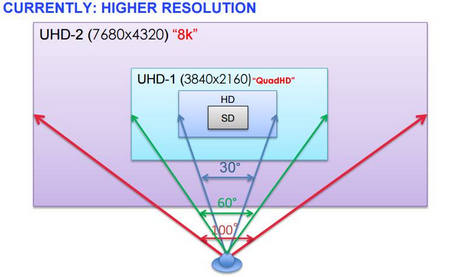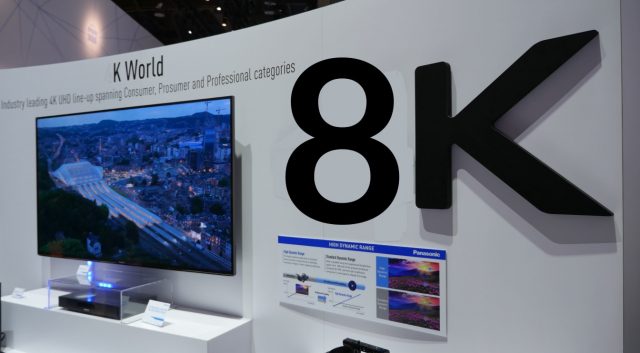Despite still being in its early infancy stage, top TV manufacturers like LG, Samsung, Sony, TCL, Huawei and others have shown off TV models with 8K screens. Albeit they aren’t publicly available yet (they are not consumer models), they serve as an indication of what to expect in the future, say in 2 – 3 years. Moving on, 4K in itself has been a subject to so many questions: can the regular human eye actually see the difference? Is upgrading to 4K from FHD TVs worth it? and so many other questions. With 8K, there seem to be even more questions: What’s the buzz about? What’s the quality like? How different is it from 4K? 8K is revolutionary, but does it really hold any future? etc. Time, they say, will tell. But before then, we highlight some major (technical) differences between 8K and 4K. Related post: What’s an 8K Ultra HD Display?
8K vs 4K: The differences
Although both (8K and 4K) are regarded as next-generation and likewise grouped together as Ultra-High Definition Television (UHDTV) resolutions, they have their individual distinct features. 8k and 4k: Resolution In term of screens, 8K means a display has a resolution of 7,680 (horizontal) pixels by 4,320 (vertical) pixels. 4K on the other hand, is a resolution of 3,480 and 2,160 horizontal and vertical pixels respectively. Again, both are referred to as Ultra HD (UHD) displays but doing the math, 8K boasts 4 times the resolution of 4K and 16 times that of Full HD ((1920 x 1080 pixels). Related post: Here’s a list of 8K smart TVs so far For digital cameras, however, 4k and 8k resolutions are 4096 x 2160 pixels and 8192 x 4320 pixels respectively. Related post: How different is 8K from 4K Total pixels The total amount of pixels these displays carry is another factor used to differentiate them. Generally, 4k UHD displays have a total pixel count of 8 million (or 8 megapixels) while 8k sports 33 million (33.2 megapixels). Frame Rate 8k displays support a frame rate of 120 frames per second (fps) and 4k, 50 to 60 fps. For starters, frames per second or frame rate refer to the number of individual images that are displayed in a second on your TV for every content you watch. This is different from Refresh rate though; do not get confused. Standard viewing angles
This is the maximum angle at which users can conveniently enjoy optimal visual experience while watching contents on their monitors or TVs. The general standard viewing angle associated with 4k displays is 55-60 degree while 8k UHD is 100-degree. Audio Signal Another notable difference between 8k and 4k is their audio signals. Alternatively known as audio channel or audio track, audio signal refers to the arrangement or communication (path) of audio from the source to the speaker(s). The standard audio signal for 8k is 22.2 while 4k UHD has an audio channel of 5.1.
8K: The future
From the above-listed differences, it is obvious that 8k is way better than 4k. True, 4K hasn’t been fully adopted by a sizable number of TV users for a couple of reasons (the exorbitant prices for example) but the future of 8k as its development is coming at a really fast speed. And while there aren’t any 8K TVs available for consumer use yet, we foresee a future where 8K TVs, despite their shortcomings (availability of contents, production cost, price etc.), will be the standard resolution for big-size TVs in our homes. Related post: 5 reasons NOT to buy an 8K TV just yet





